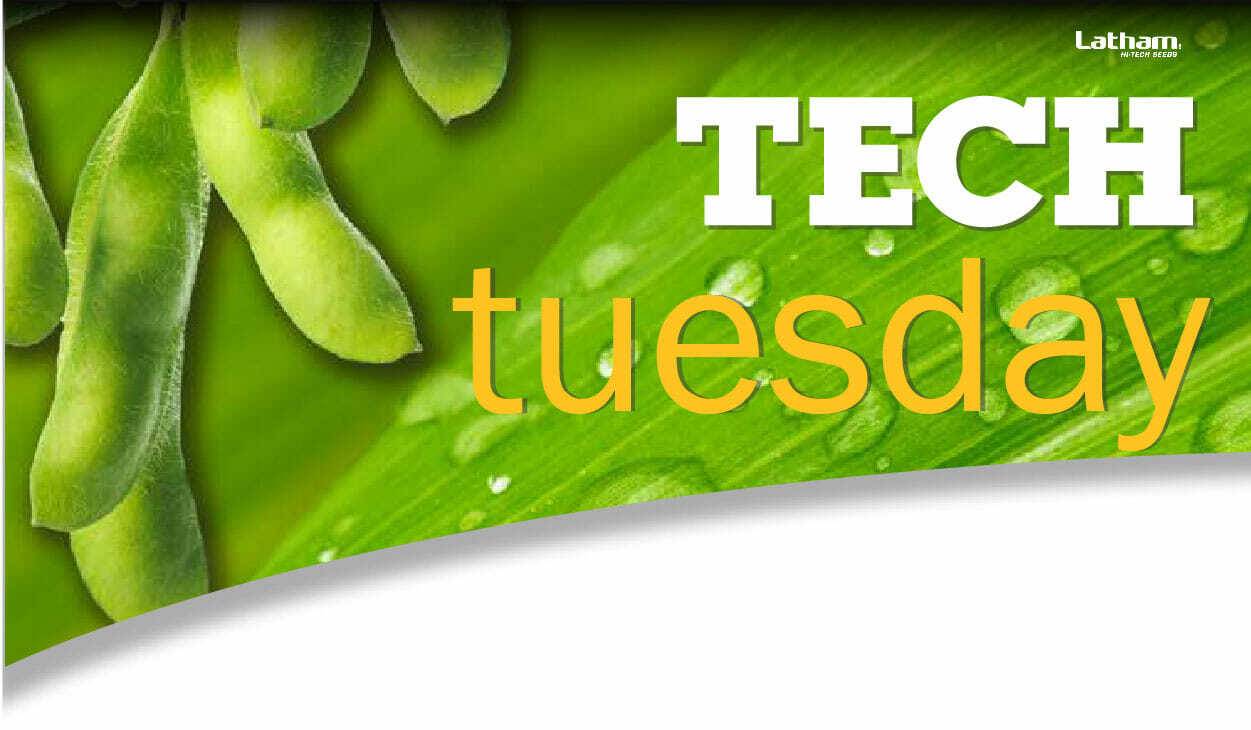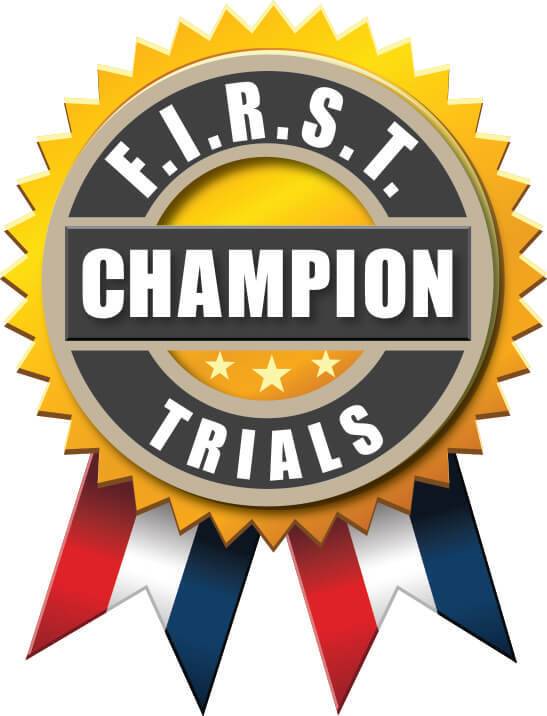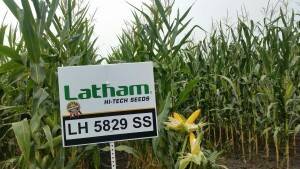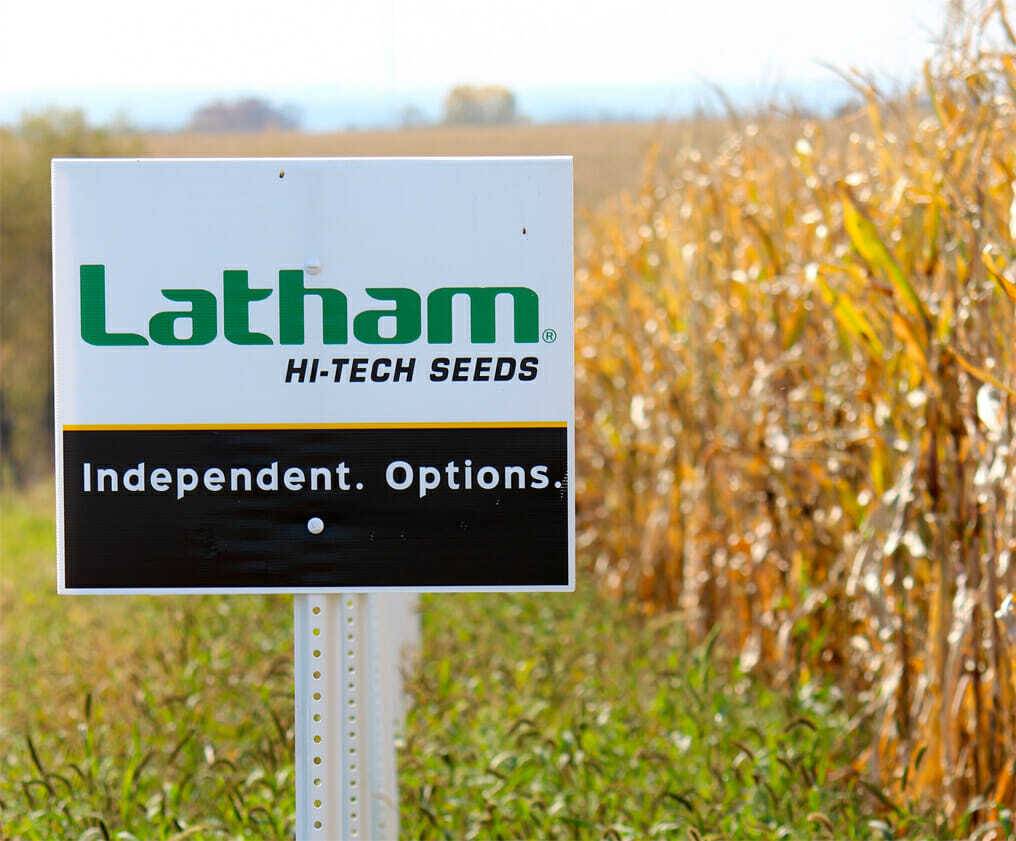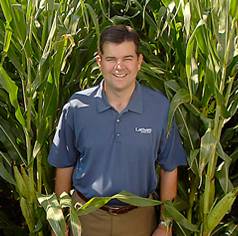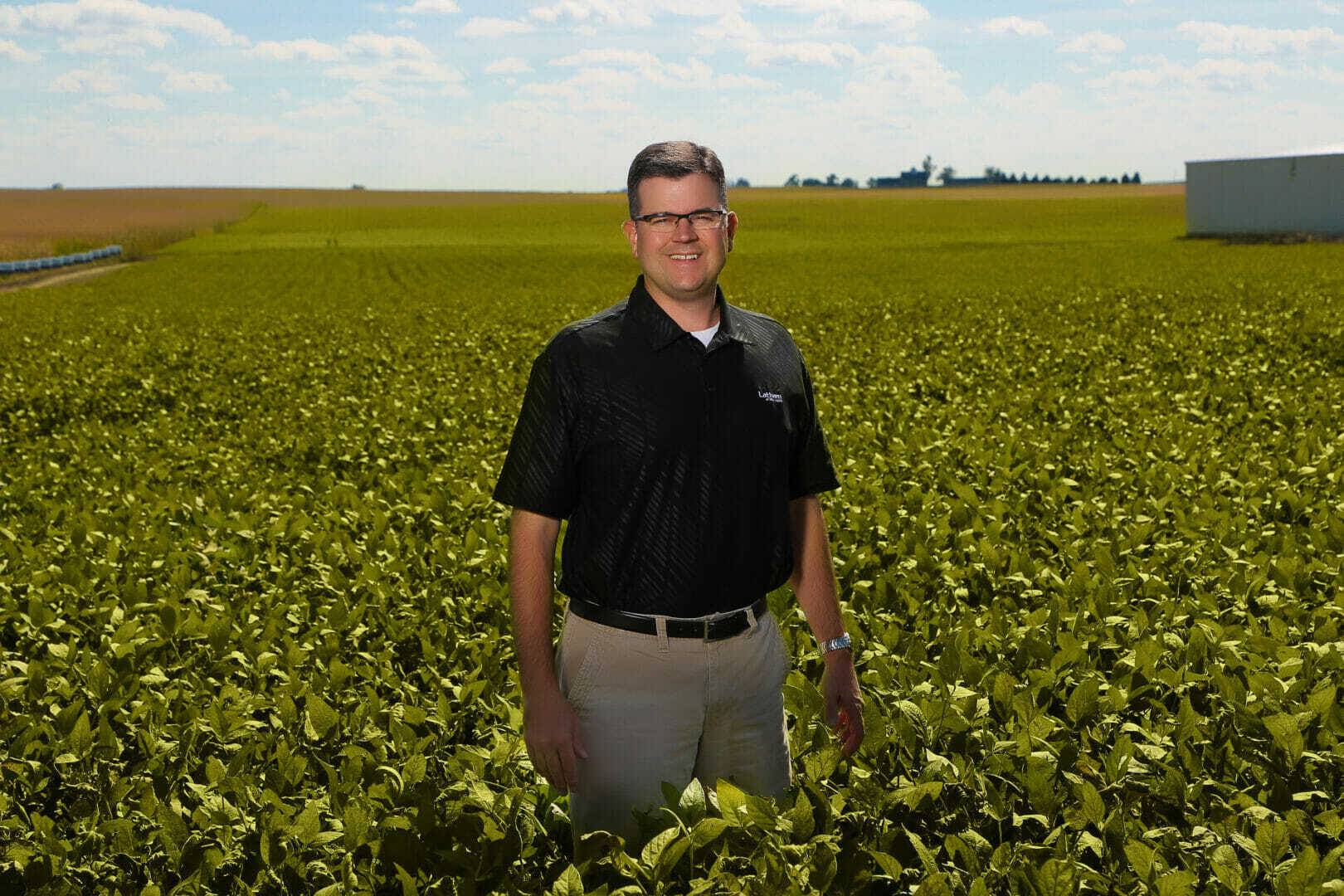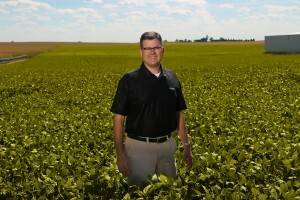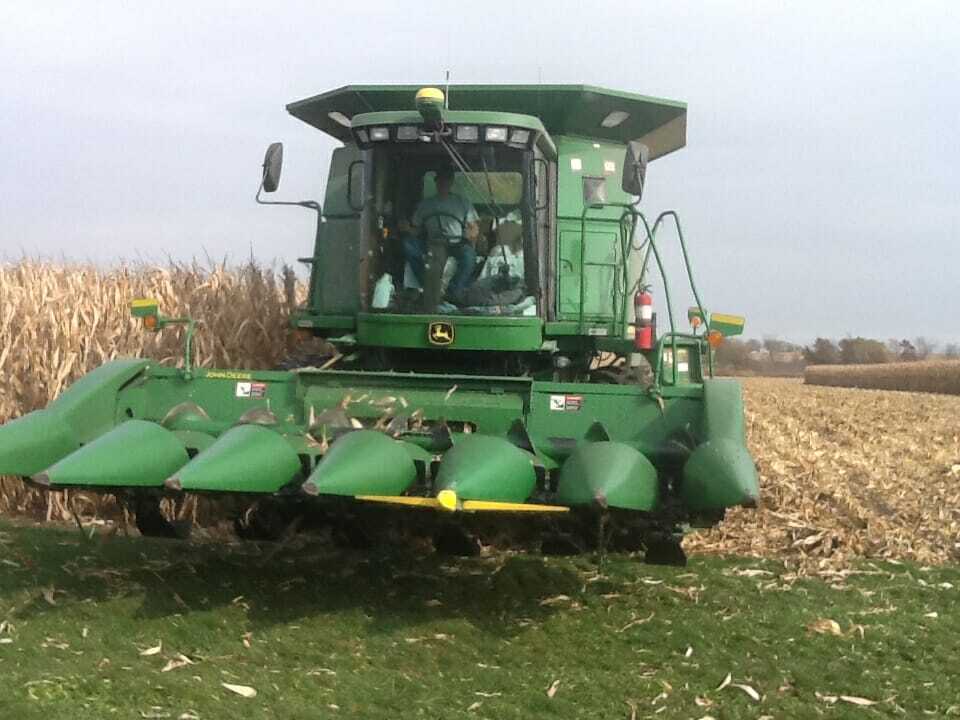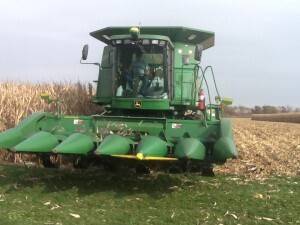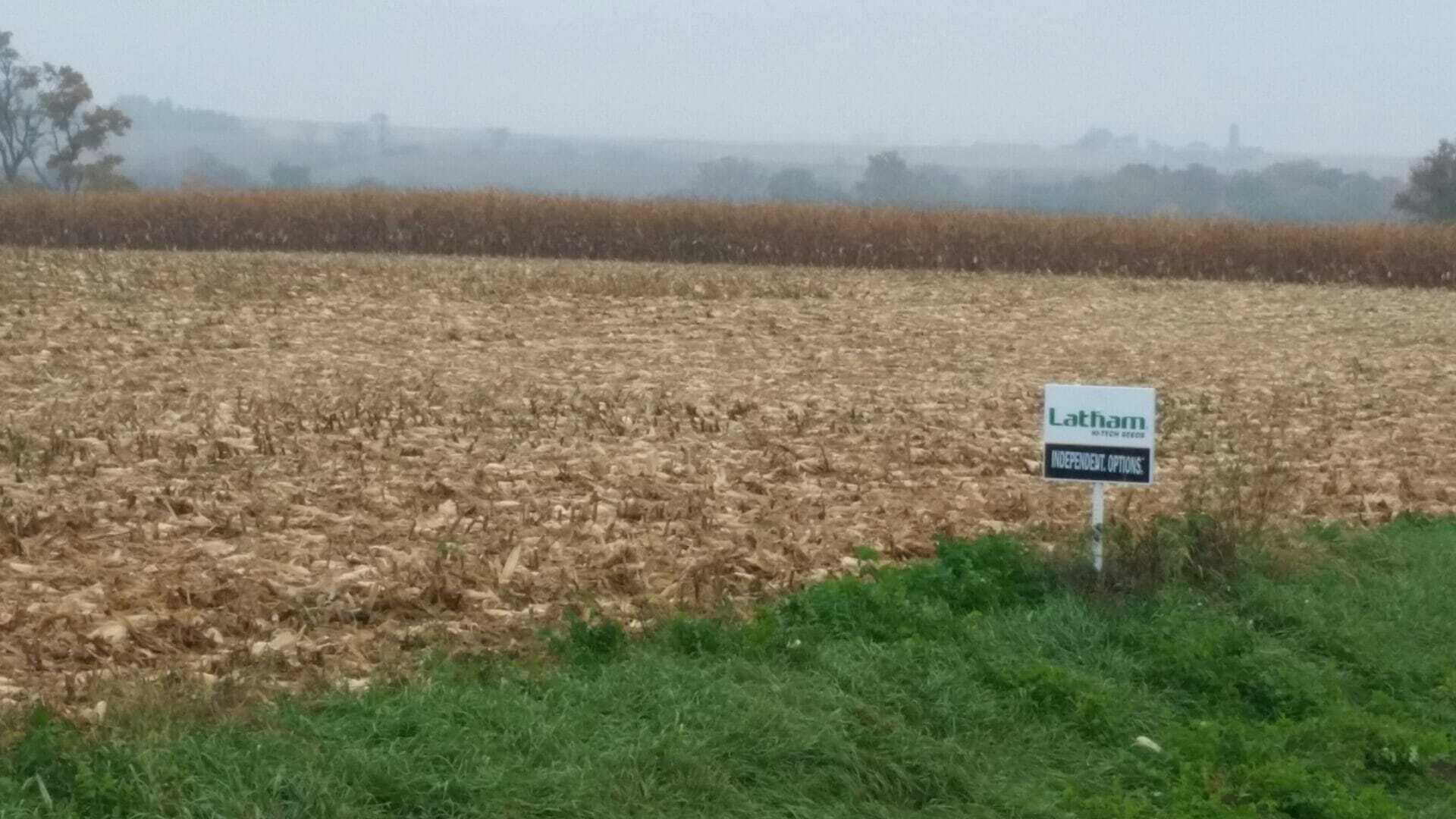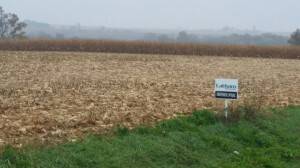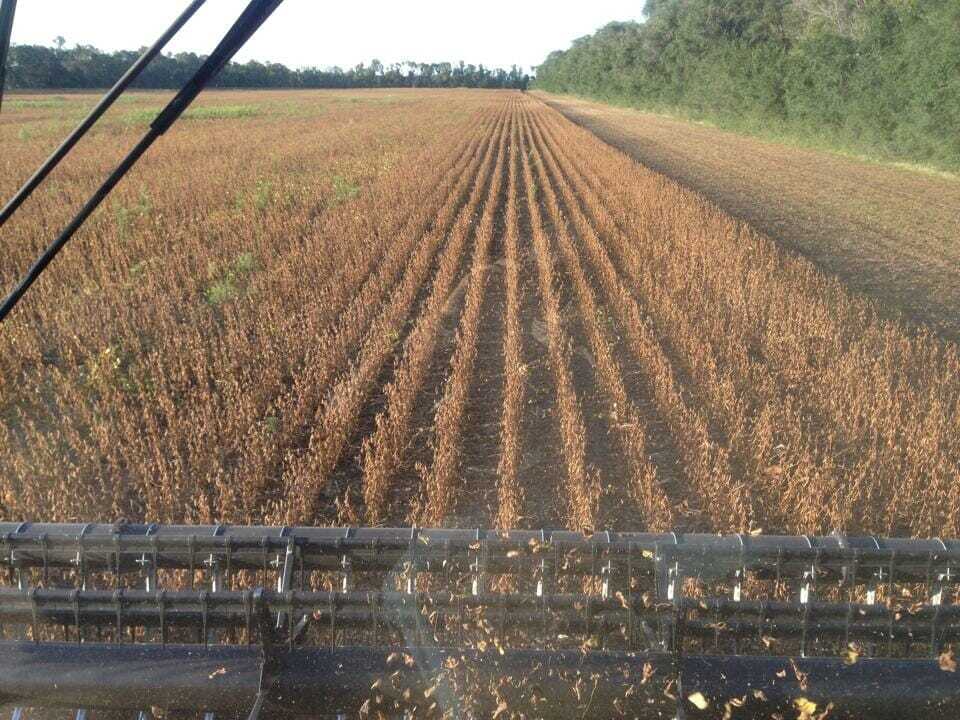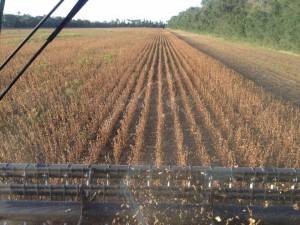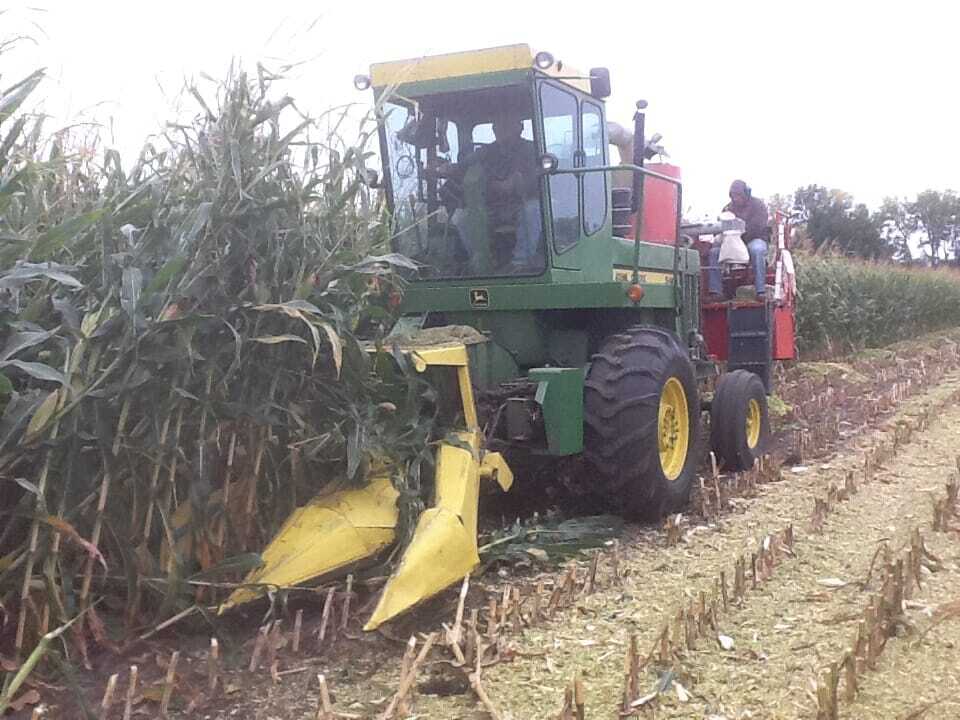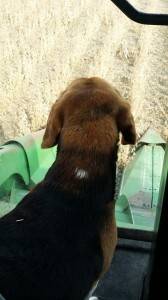Written By: Phil Long
You can practically feel the anticipation in the air as Upper Midwest farmer await fall harvest. While a few seed beans came into our plant last Friday, recent rainfall has brought harvest to a halt here in North Central Iowa. Believe me, I’m just as eager to roll as you are.
There isn’t much I enjoy more during this time of year than watching a beautiful sunset from the seat of a combine. I do some of my best thinking behind the wheel!
As the combine cuts the crop, you can be proactively “harvest scouting,” which will help you plan for next year’s crop needs. Make note of weed escapes. Weed pressure should be taken into consideration as your herbicide or weed management strategies may vary field by field.
You also can make a few other notes like: how the hybrid or variety you planted did on low and high spots; early senescence due to disease; lodging issues; low yield areas that seem out of place, compaction issues and/or any problems that show up in a pattern.
Use the Climate FieldView App on your phone to drop a pin every time you see something that should be taken into consideration for next year’s crop plan. You can even take a picture through the combine windshield and attach it to your note to remind you of what it looked like.
A picture helps provide extra motivation next season to change something. These notes can be extremely valuable when discussing seed options, choosing diseases packages and considering seed treatments. They also add additional value to your yield maps.
Yield data is by far the best tool for making seed selections. Selecting the best seed product for each field is the number one factor in starting the season with the highest yield potential. An on-farm hybrid/variety trial will provide you with invaluable data that you can put straight to use in your operation.
The information behind every operation on your farm is your best tool to fighting the risk involved in each decision that you make to prepare for the following crop. This fall you can harvest more than your physical corn and soybean crops. Remember, harvest is prime time for spring planning!
